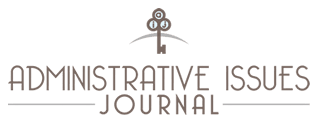
Abstract
This paper shares the process of developing a fully integrated assessment framework and model for a mapping curriculum. The foundational aspects of this model are the development of layered outcomes that occur at each level of the curriculum and the linking of courses together to ensure building blocks that are progressive within a program. The presented framework not only measures this integrated nature but also allows for assessment that is both summative and formative. A view of the different aspects of curriculum application—from knowledge building, application of knowledge, and transferability of knowledge to new contexts—is a focus of the course and program mapping. The model allows for qualitative and quantitative data to assess outcomes at multiple levels. In addition, the data collection process has been developed to allow for visualization of the data to effectively communicate results to various audiences. This communication allows for departmental feedback, program assessment, and reporting to interested constituencies. A case study is shared to further the understanding of the key concepts.
Recommended Citation
Schutte, Kelli; McCullick, Chris; and Line, David
(2018)
"Using curriculum mapping and visualization to maximize effective change,"
Administrative Issues Journal: Vol. 8:
Iss.
2, Article 8.
Available at:
https://dc.swosu.edu/aij/vol8/iss2/8
Included in
Health and Medical Administration Commons, Higher Education Administration Commons, Public Administration Commons
Please consider contributing an article to Administrative Issues Journal, our submission policy: http://www.swosu.edu/academics/aij/guidelines.aspx
